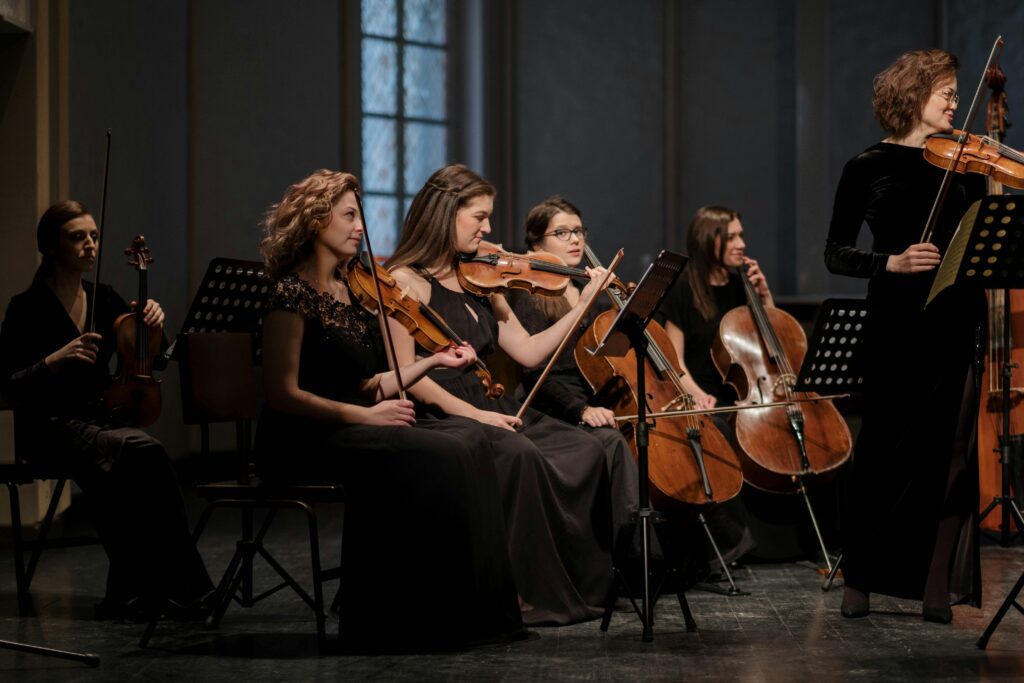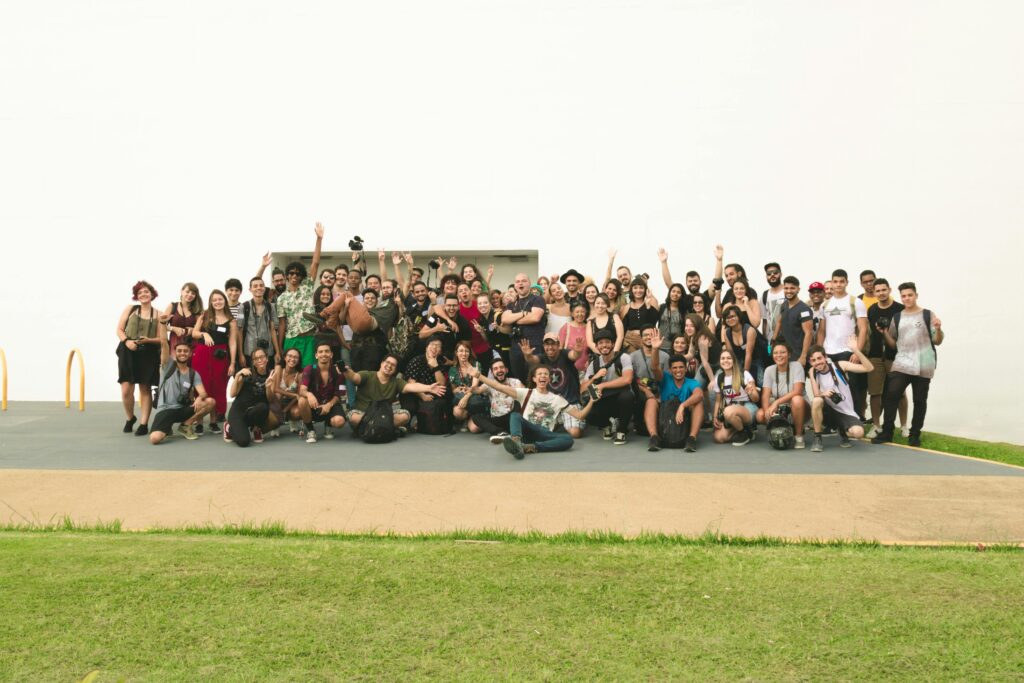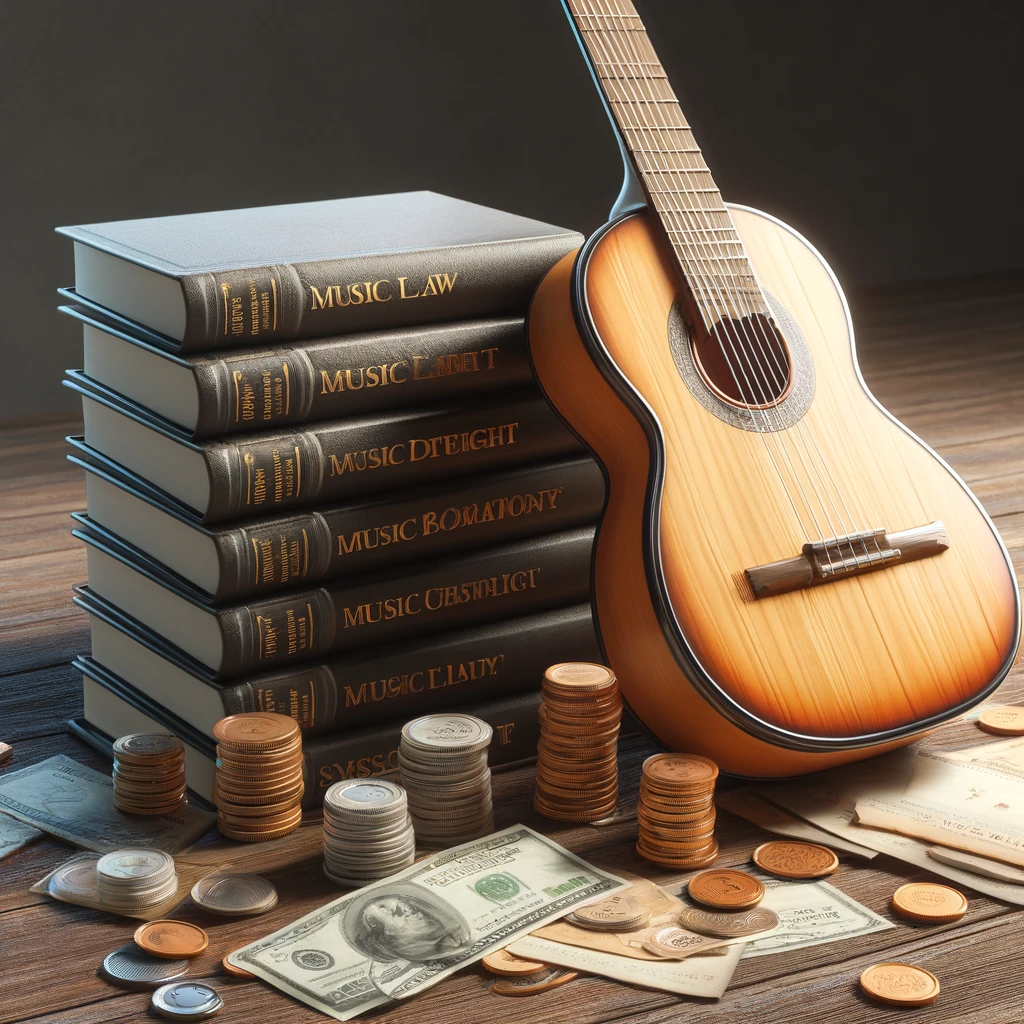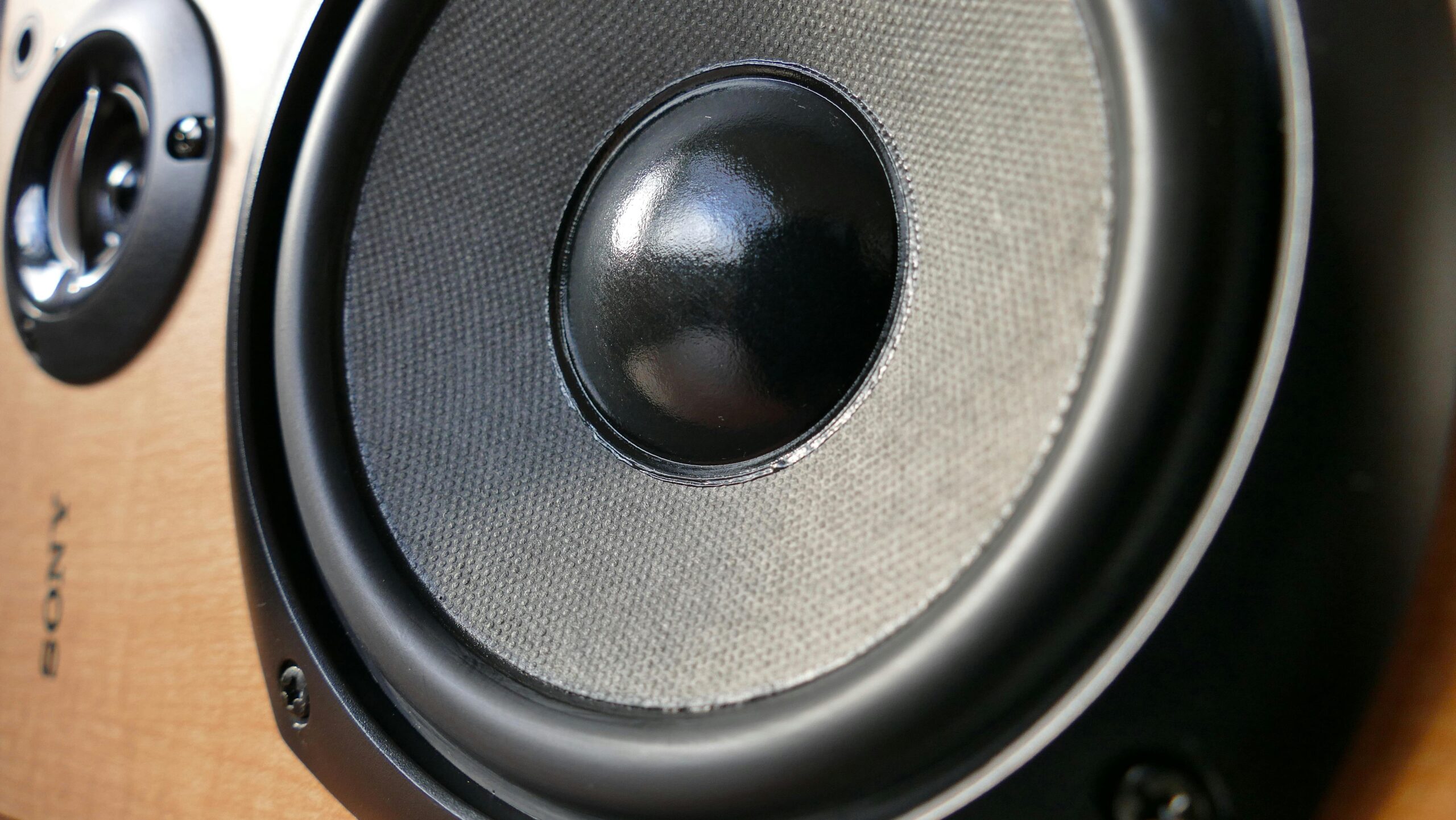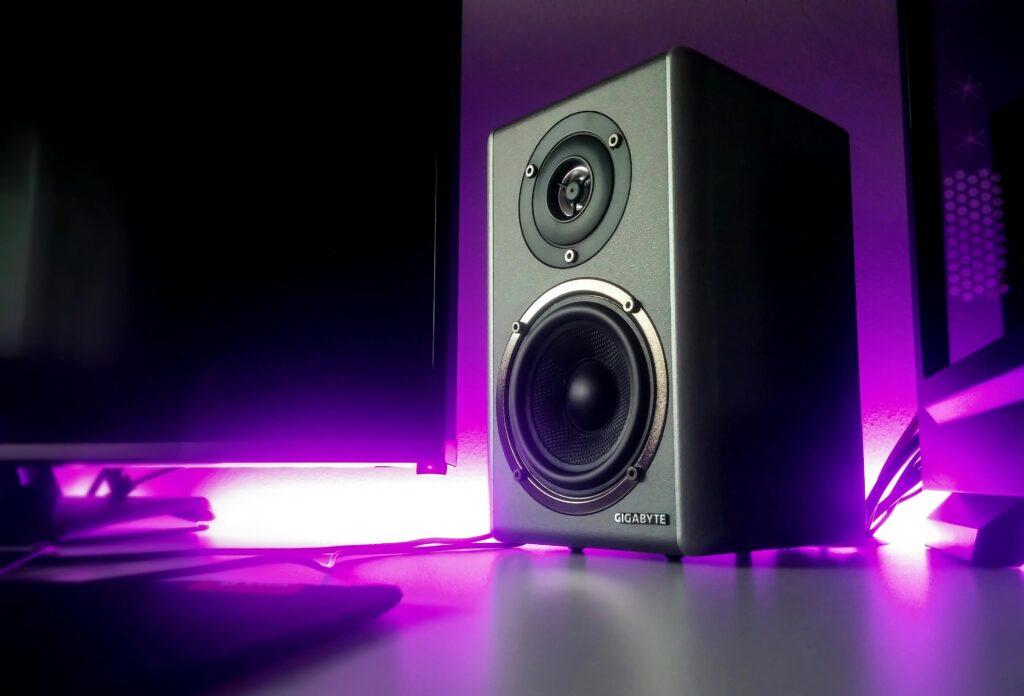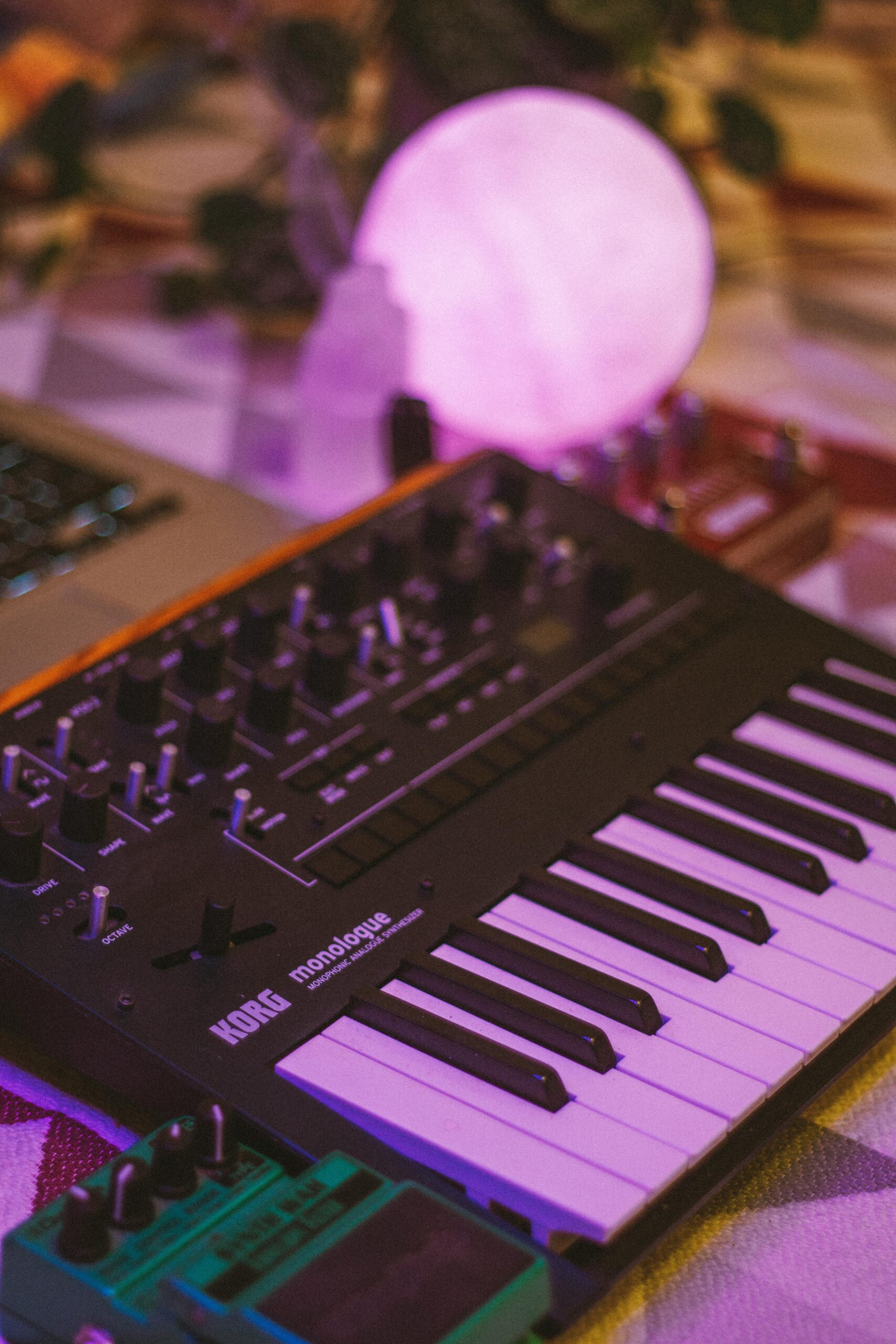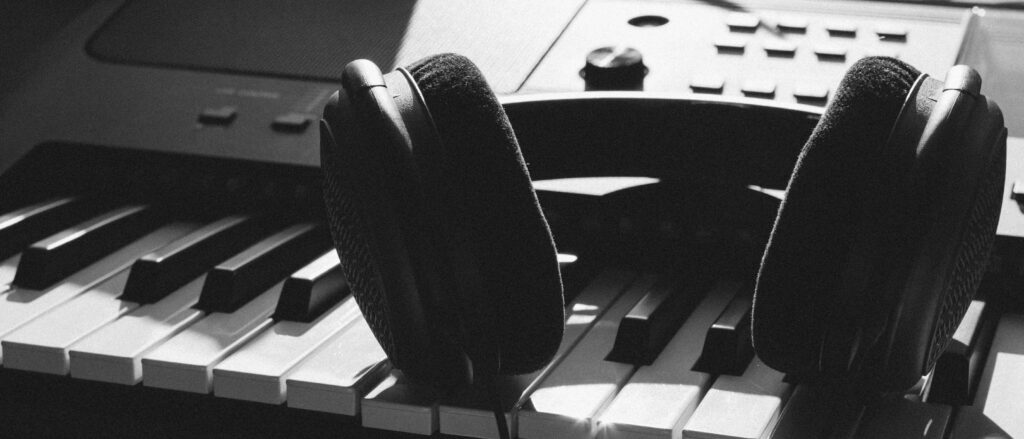Yamaha P515 88-Key Weighted Action Digital Piano: A Symphony of Tradition and Innovation
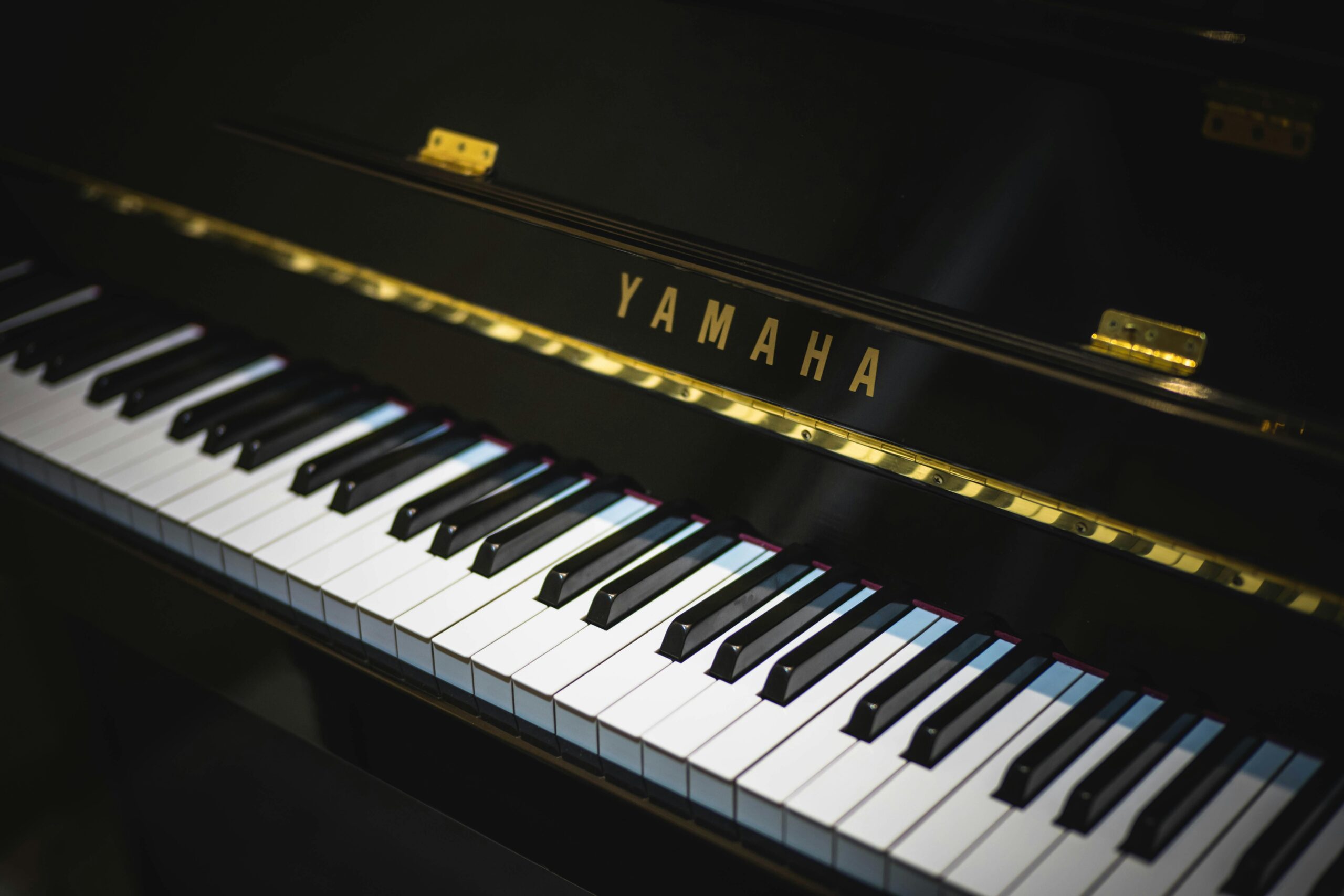
In the realm of digital pianos, the Yamaha P515 emerges as a harmonious blend of classic sensibility and modern technological prowess. This review explores the facets of the P515, dissecting its features, performance, and suitability for various musical endeavors, from the living room to the stage.
Design and Build
The Yamaha P515 boasts an elegant design that commands attention. With its full 88-key keyboard featuring real wood keys and a weighted action, the P515 offers an authentic piano touch that’s rare in digital models. This quality construction replicates the tactile response and feel of an acoustic piano, appealing to traditionalists and modern players alike. Its substantial weight of 70.55 pounds underlines its solid build, although it might challenge its portability for some users.
Sound Quality
At the heart of the P515’s appeal is its exceptional sound quality, derived from Yamaha CFX and Bösendorfer Imperial grand piano samples. This digital piano stands out for its 256-note polyphony, ensuring that even complex musical passages are rendered with clarity and without note dropouts. The P515 provides players with a rich, immersive sound that rivals that of much more expensive acoustic pianos, making it a versatile instrument suited for classical compositions, jazz improvisations, and everything in between.
Connectivity and Features
The Yamaha P515 is designed not just for solo play but also for integration into broader musical setups. It offers a range of connectivity options, including MIDI, quarter-inch line, USB, and Bluetooth. This makes it easy to connect to amplifiers, recording equipment, and digital audio workstations (DAWs), such as Ableton Live and Sibelius, allowing musicians to incorporate the P515 into their digital compositions and performances seamlessly.
User Experience
The user experience of the P515 is intuitive, catering to both seasoned pianists and beginners. Its interface is straightforward, allowing for easy navigation through its vast array of features, including different voicings and built-in rhythms. The weighted keys offer a responsive feel that can enhance expressive play. Additionally, the piano’s compatibility with various music apps extends its functionality, providing learners with interactive lessons and seasoned musicians with tools for composition and arrangement.
Pros and Cons
Pros:
- Authentic acoustic piano feel with real wood keys and weighted action.
- Superior sound quality with samples from Yamaha CFX and Bösendorfer Imperial grand pianos.
- High polyphony count enables complex musical passages.
- Comprehensive connectivity options for versatility in setup and recording.
Cons:
- The substantial weight may limit portability for some users.
- The high-end features come at a premium price point, which might be prohibitive for beginners or those on a tight budget.
Conclusion
The Yamaha P515 88-Key Weighted Action Digital Piano represents a pinnacle in digital piano technology, offering an unparalleled blend of authentic touch, superior sound quality, and versatile connectivity. It embodies Yamaha’s commitment to combining tradition with innovation, providing musicians with an instrument that can inspire and endure. Whether used for practice, recording, or live performance, the P515 is a testament to what modern digital pianos can achieve, setting a high standard for both performance and aesthetic appeal.
For musicians in search of an instrument that bridges the gap between digital convenience and acoustic authenticity, the Yamaha P515 emerges as an impeccable choice. Its capabilities and features justify its position as a leading choice among professionals and hobbyists alike, offering a musical experience that resonates with the soul of the performer.




